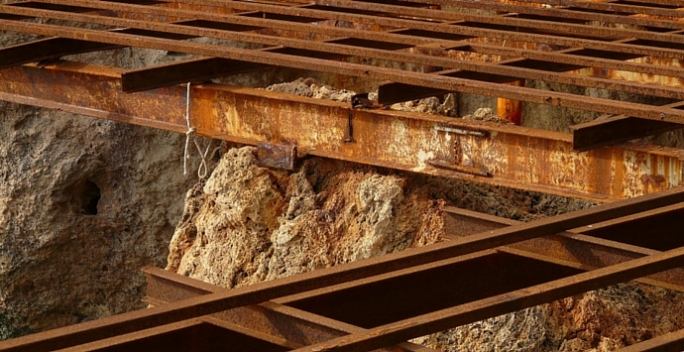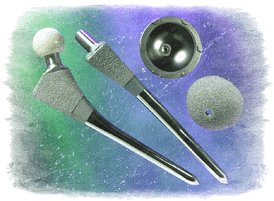A composite material is one in which two or more separate materials have been combined to make a single construct having more desirable properties. What many people don’t realize is that composites are probably the most common structural materials in the world, and have always been an essential part of their lives.
Concrete, paper, corrugated cardboard, plywood, fiberglass, bamboo, cornstalks, trees, bricks… all are composite materials. Here are 10 more interesting facts about composites:
- Concrete is the most commonly used composite.
- About 10 billion tons are made every year – more than one cubic metre for every person on Earth
- There are many natural composites including bone, wood and rock
- The earliest man-made composite material were bricks made of straw and mud. The ancient Egyptians recorded these being made in tomb paintings
- Modern surfboards are made from fiberglass, a cheap composite material of glass fibre and a plastic polymer. Before the 1960s they were made from wood
- Gore-Tex is a composite which is used to make clothing. It contains layers of different materials which work together to create a fabric which is waterproof and breathable
- Around half of the materials used to make an aeroplane are composites
- Scientists have invented self-healing plastics. These composite materials contain chemicals which are released and form new plastic when the item becomes damaged
- Carbon nanotubes can be incorporated into materials to make them extremely strong but lightweight. In the future we may be able to use them to build an elevator into space!
- 3D printing will become more useful in creating composite materials in the future. They can be used to print layers of different materials making new types of composites
To know More about Composites grab the chance and attend the forthcoming Conference : 5th International Conference on Advanced Material Research and Nanotechnology.
Dates of the Conference : September 17-18, 2018
Venue : Berlin, Germany
For more Details : Advanced Materials 2018
Follow us on : WordPress, Facebook, Google Plus, Linked In, Blogger
- WordPress: https://bit.ly/2HyNG3q
- Blogger: https://bit.ly/2JTyTFV
- Facebook: https://bit.ly/2LNOvba
- Twitter : https://bit.ly/2t5iGDa














